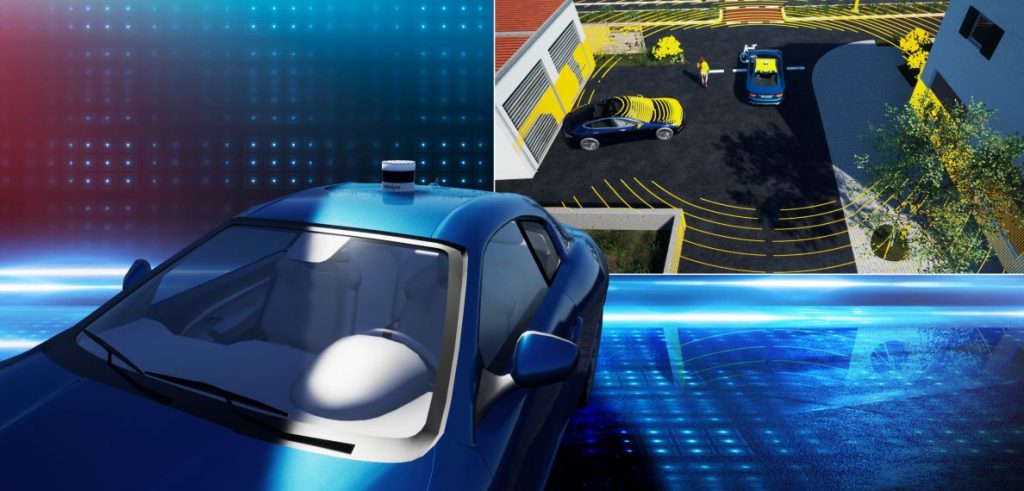Simulation specialist dSpace and lidar supplier Velodyne have entered a partnership which the companies hope will accelerate future developments of lidar technologies for autonomous driving. The partnership will see dSpace join the Automated with Velodyne program, which aims to accelerate ecosystem interactions and rapidly integrate lidar innovations into a range of autonomous solutions including autonomous driving.
According to Velodyne, the program will give dSpace the opportunity to emulate the latest laser sensors into simulation solutions at an early development stage. Moreover, dSpace says it will develop simulation models for testing and validation, as well as provide the sensor simulation environment for validating camera, lidar and radar sensors throughout the development process – accelerating customers’ development projects.
dSpace explains that its simulation solution generates point clouds in real time to simulate objects. These simulation models can be used to help determine the most effective positioning of the sensor on the vehicle (sweet spot), as well as the sensor limits (corner cases).
“The earlier in the development process that validation can be achieved, the faster new functions for autonomous driving can be safely launched by our customers. The cooperation with Velodyne contributes to this process significantly,” said Caius Seiger, product manager, sensor simulation, dSpace.
“The simulation accuracy provided by dSpace is remarkably close to reality, and our customers will appreciate the efficiency these Velodyne simulation models will offer them,” noted Jon Barad, vice president of business development, Velodyne. “This capability can effectively support the entire automotive industry in advancing the development of robust and safe ADAS and AV applications.”


